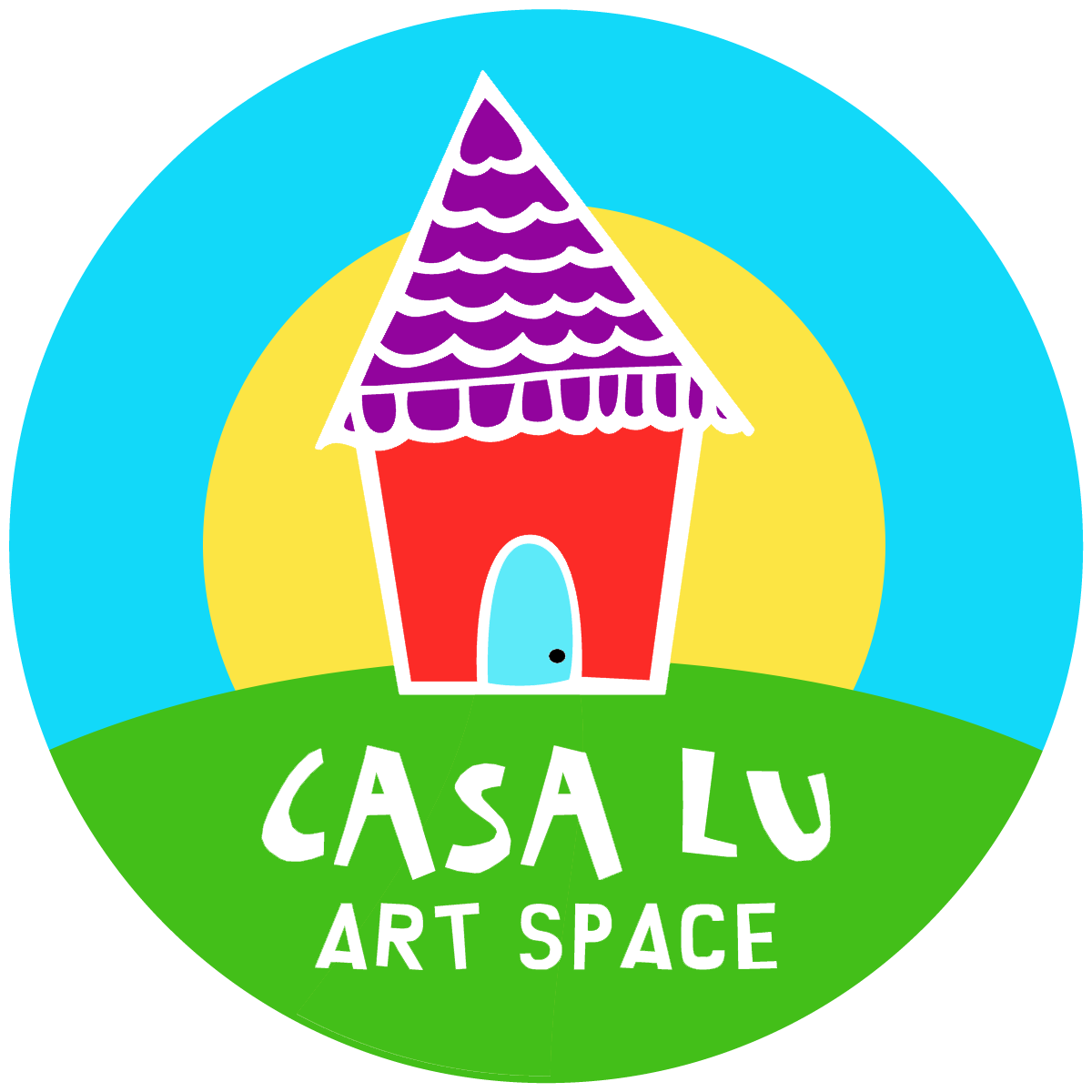A Day in the Life: What to Expect from a Creative After-School Program
Choosing an after-school program is a big decision for parents—but what happens after the final school bell rings can be just as impactful as what happens during the school day. A great after-school program doesn’t just fill time—it creates opportunities for kids to decompress, explore, and grow.
A creative after-school program is structured yet flexible. It often begins with school pickup, where children are greeted by trusted staff who know them well. This warm handoff from the school day helps ease the transition and sets a calm tone for the afternoon.
Once kids arrive, they typically start with a snack and a bit of unstructured time. This gives them a chance to relax, socialize, and shake off the structure of the classroom. After a long day of sitting and listening, free play or quiet time provides an important emotional reset.
The heart of the program is the activity time. Unlike traditional homework-focused programs, creative after-school programs focus on hands-on experiences—art, cooking, movement, or sensory play. Kids might spend one day painting a self-portrait and another making fresh pasta from scratch. These activities help build confidence, coordination, and collaboration skills, all while letting kids follow their curiosity.
Because the groups are typically smaller and more flexible than classrooms, children have more autonomy and voice in what they create. This encourages problem-solving and resilience, as well as the joy that comes from taking ownership over their work.
At the end of the day, a thoughtful dismissal allows for reflection and reconnection. Children go home having accomplished something tangible—whether it’s a painting, a batch of cookies, or a new Spanish phrase.
Parents often report that their children are happier, more grounded, and more communicative after joining creative after-school programs. They’re not just being supervised—they’re being nurtured, supported, and inspired.
